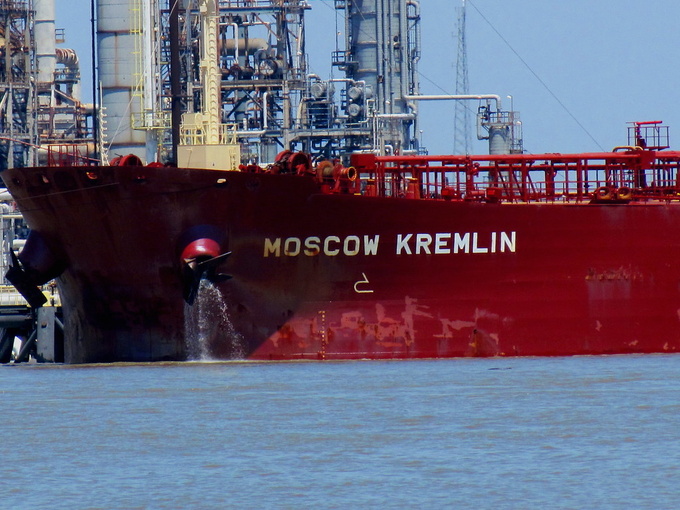The European Commission made this decision as a component of the 18th sanctions package targeting Russia. Switzerland and the UK also participated in these sanctions, while Canada expressed its plan to implement this measure. The $60 per barrel price limit was established by the “Price Cap Coalition”, which consisted of EU nations and G7 members, including the United States. Washington did not participate in lowering the cap, despite efforts made by the European Commission to accomplish this.
The price cap of $60 per barrel remains in effect for contracts made before July 20 and that fulfilled this requirement on the contract date until October 18 of this year.
The price ceiling for oil products remains unchanged at $100 per barrel for light oil products and $45 per barrel for heavier varieties.
Through the 18th sanctions package, the European Commission decided to regularly assess the ceiling, aiming to adjust it to the average price of Russian oil over 22-week intervals, beginning on July 15, decreased by 15%. Nonetheless, if the price varies by 5% or less, the price ceiling will remain unchanged. The upcoming date for releasing a new ceiling level is January 15, 2026.
source: reuters.com
The price cap of $60 per barrel remains in effect for contracts made before July 20 and that fulfilled this requirement on the contract date until October 18 of this year.
The price ceiling for oil products remains unchanged at $100 per barrel for light oil products and $45 per barrel for heavier varieties.
Through the 18th sanctions package, the European Commission decided to regularly assess the ceiling, aiming to adjust it to the average price of Russian oil over 22-week intervals, beginning on July 15, decreased by 15%. Nonetheless, if the price varies by 5% or less, the price ceiling will remain unchanged. The upcoming date for releasing a new ceiling level is January 15, 2026.
source: reuters.com



















